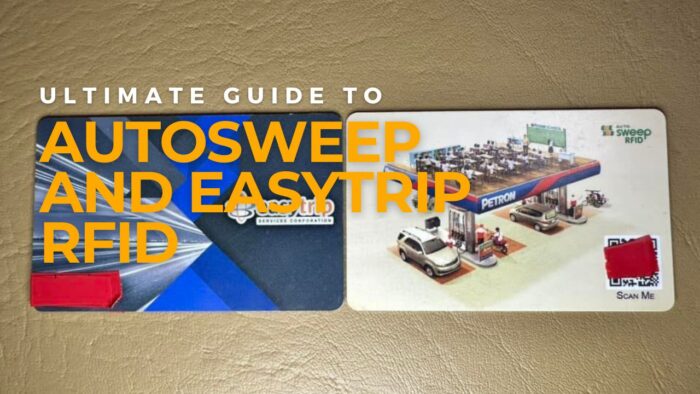Autosweep and Easytrip RFID: A Comprehensive Guide
Autosweep and Easytrip RFID have become essential to the Philippine expressway system. These radio-frequency identification (RFID) tags allow motorists to pass through toll booths without stopping and paying cash. Instead, the toll fees are automatically deducted from a prepaid balance stored in the RFID tag.
To get an Autosweep or Easytrip RFID, motorists must head to a designated installation site. There, they will be required to fill out a form and pay for the new RFID. After completing the process, they must wait for the staff to install the device onto their vehicle. Once the RFID is installed, they can pass through toll booths on the expressway.
It is important to note that two types of RFID tags are in use – Autosweep and Easytrip. Autosweep is used on tollways operated by the Metro Pacific Tollways Corporation (MPTC), while Easytrip is used on tollways operated by the San Miguel Corporation (SMC). While both RFIDs work similarly, they are not interchangeable. Motorists need to ensure they have the correct RFID tag for the tollway they use to avoid any inconvenience.
Understanding RFID Technology
RFID (Radio Frequency Identification) technology is a wireless communication system that uses radio waves to identify and track objects. It is commonly used in electronic toll collection systems such as Autosweep and Easytrip RFIDs.
An RFID system consists of a reader and a tag. The reader emits a radio frequency signal received by the tag. The tag then responds with its unique identification number, which is transmitted back to the reader. This process is known as backscatter modulation.
The RFID tag is a small device that contains an antenna and a microchip. The antenna receives the radio frequency signal from the reader, and the microchip processes the signal and sends back the identification number. RFID tags can be either passive or active. Passive tags do not have their own power source and rely on the reader to provide power. Active tags have their own power source and can transmit signals over longer distances.
RFID technology has several advantages over traditional toll-collection systems. It is faster, more efficient, and reduces congestion on toll roads. RFID tags can also be used for other applications such as inventory management, access control, and asset tracking.
To use an RFID system for toll…
Click Here to Read the Full Original Article at Out of Town Blog…
